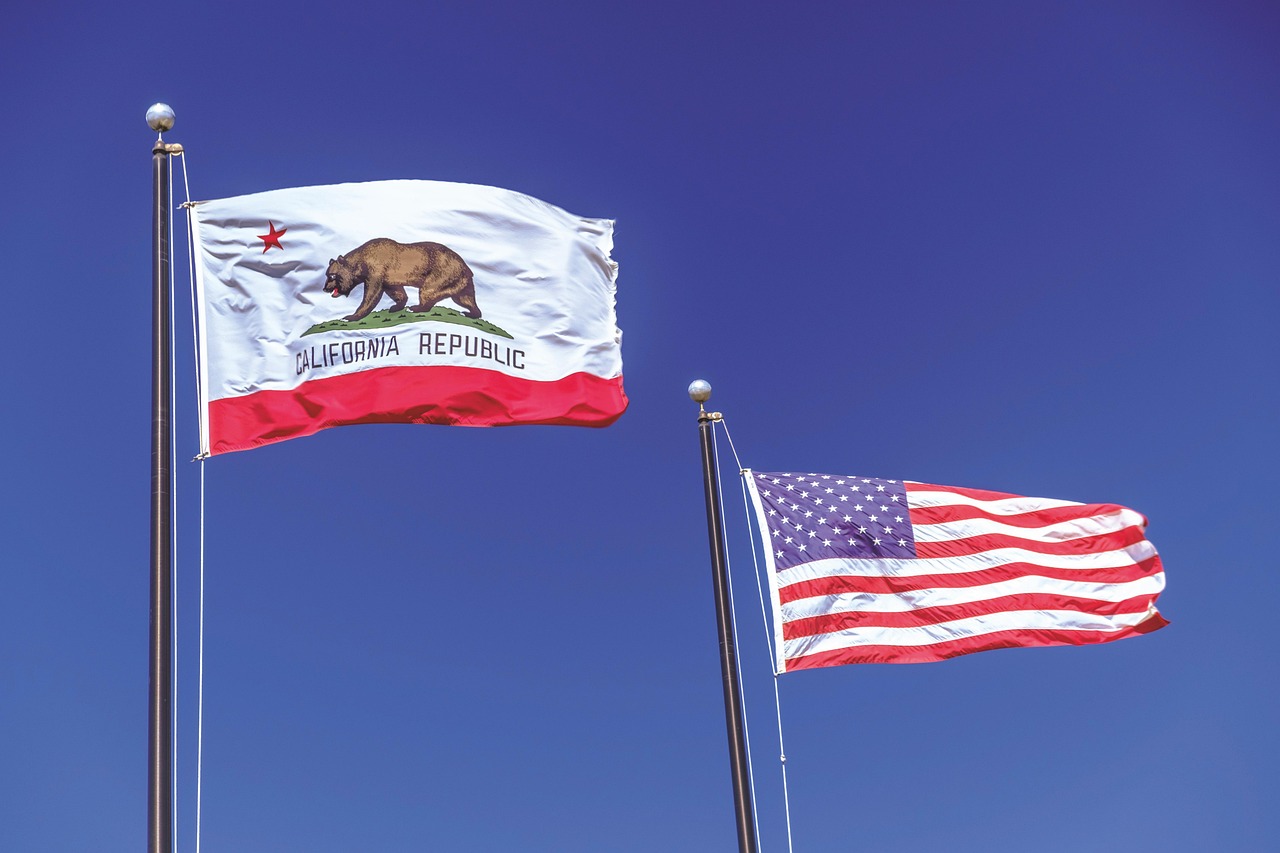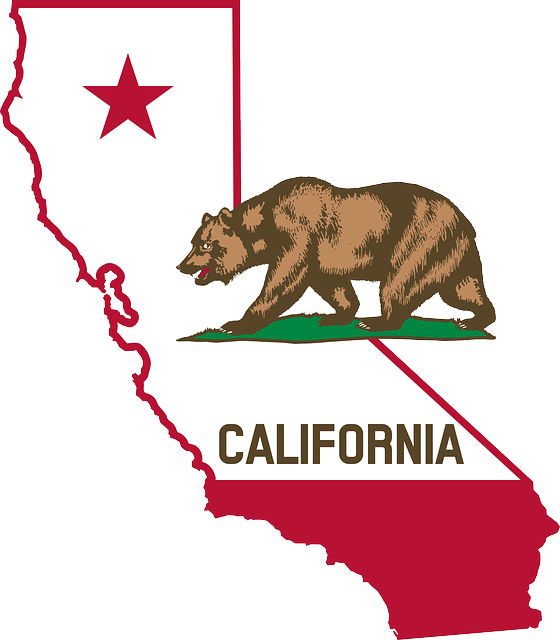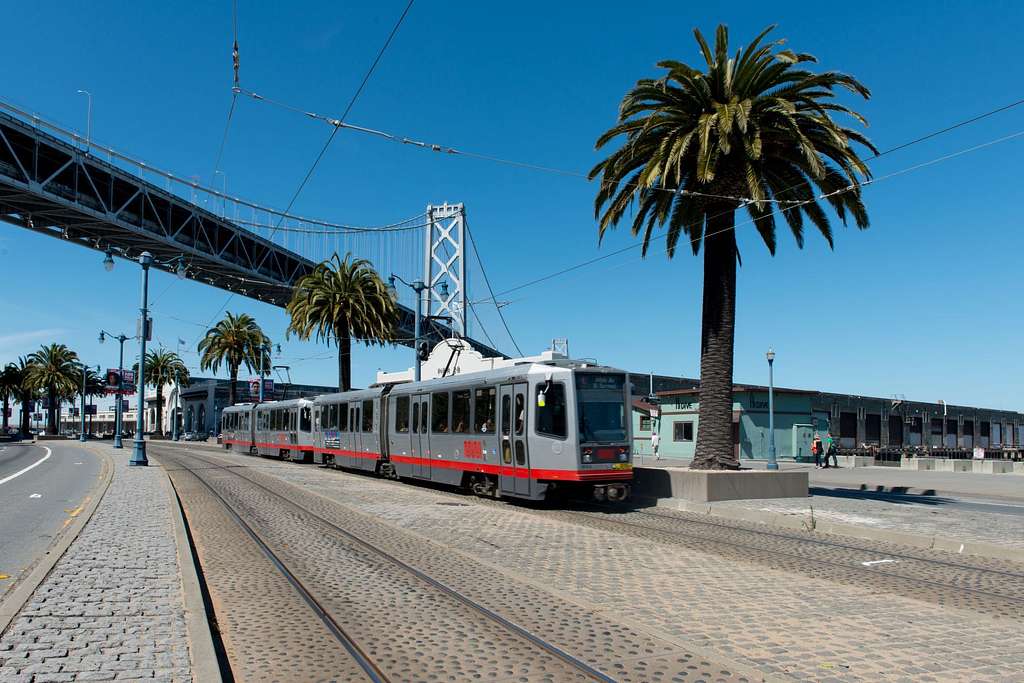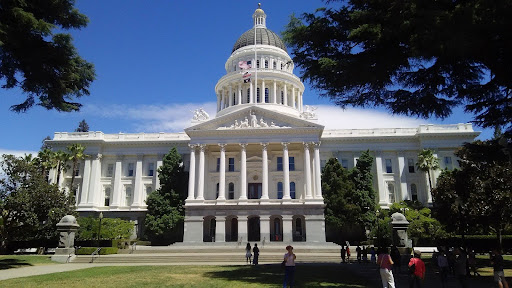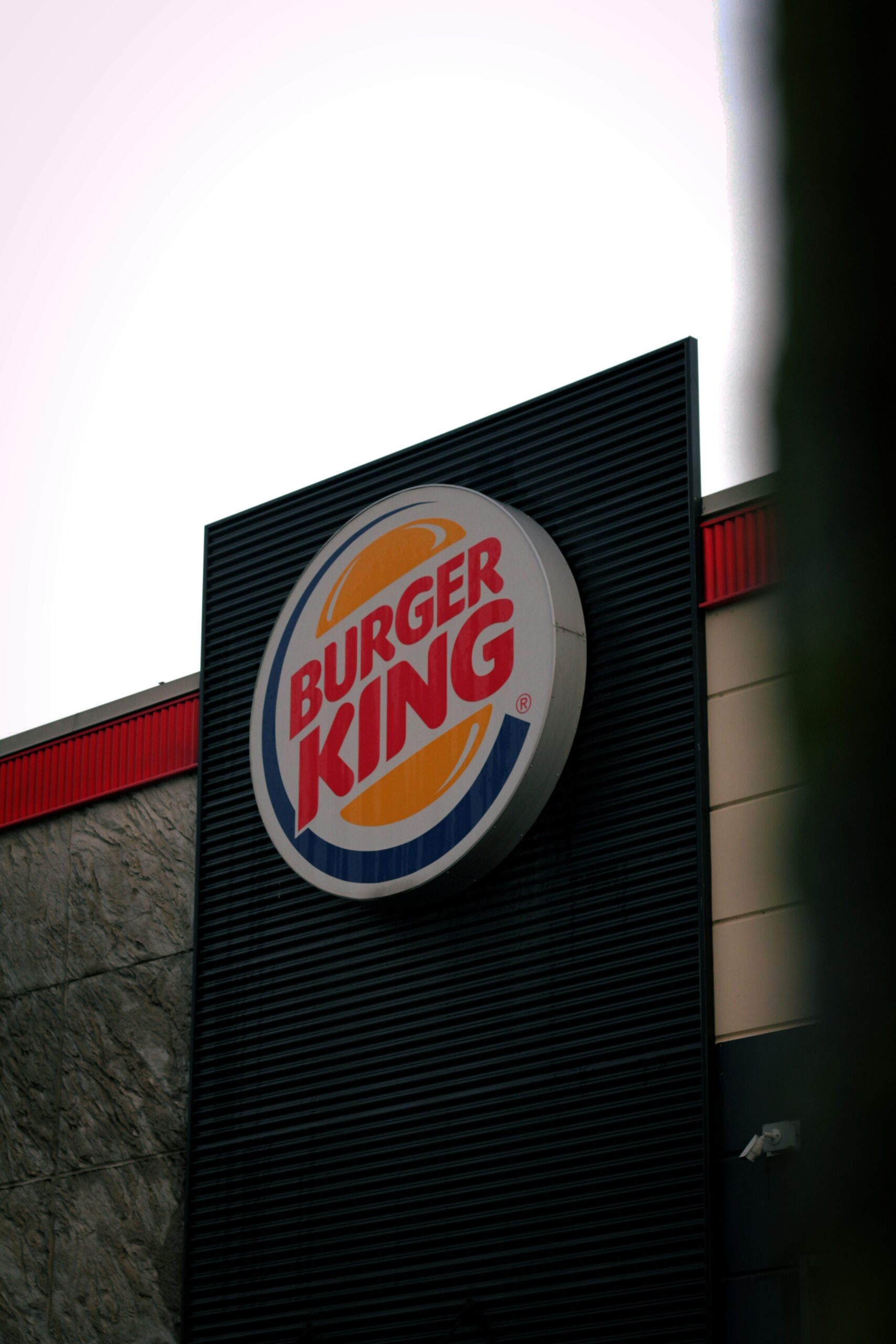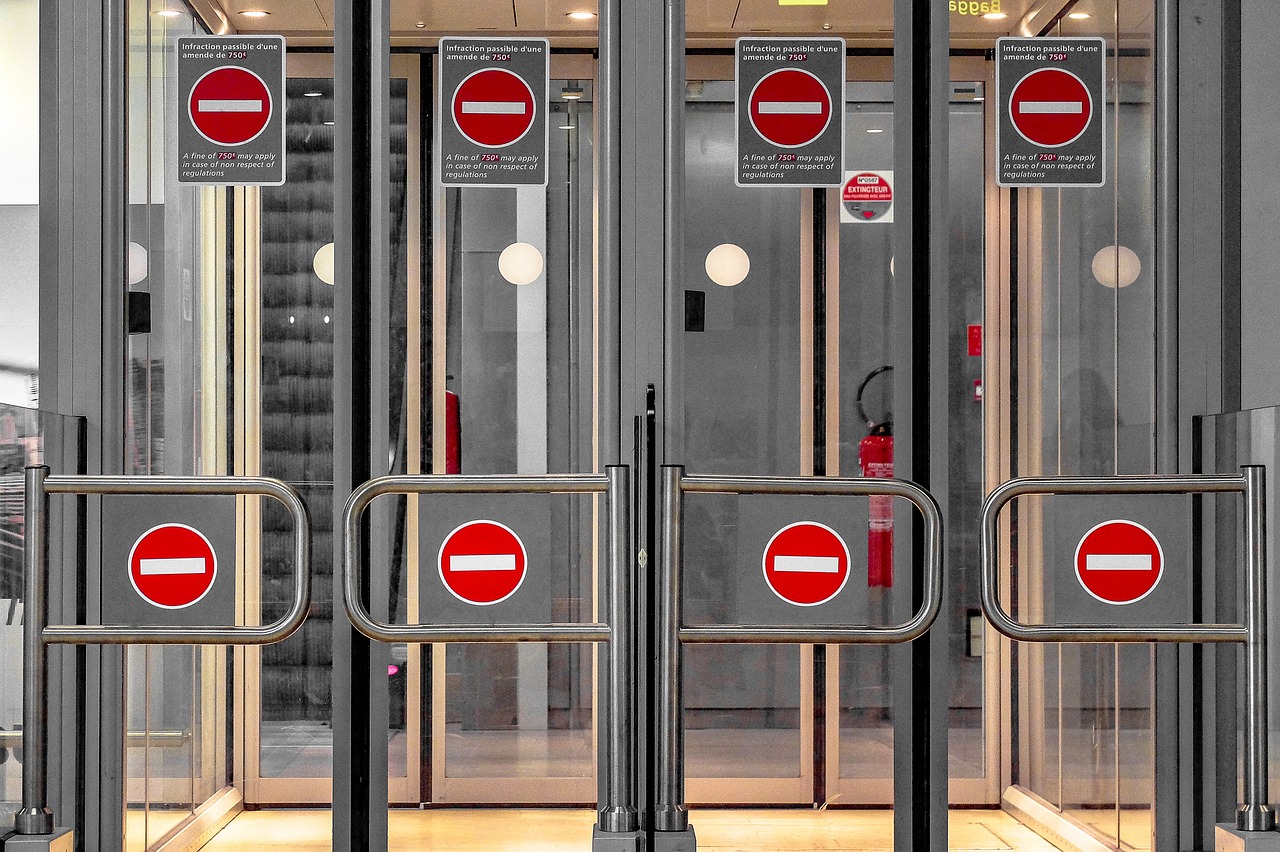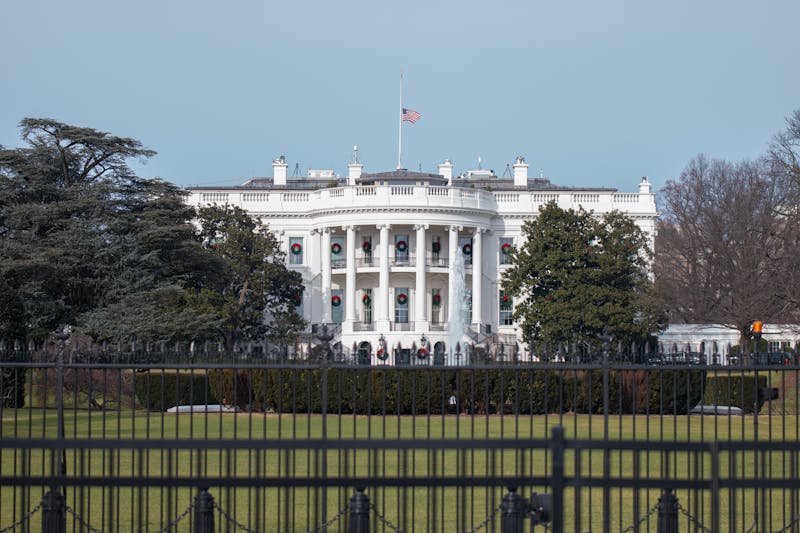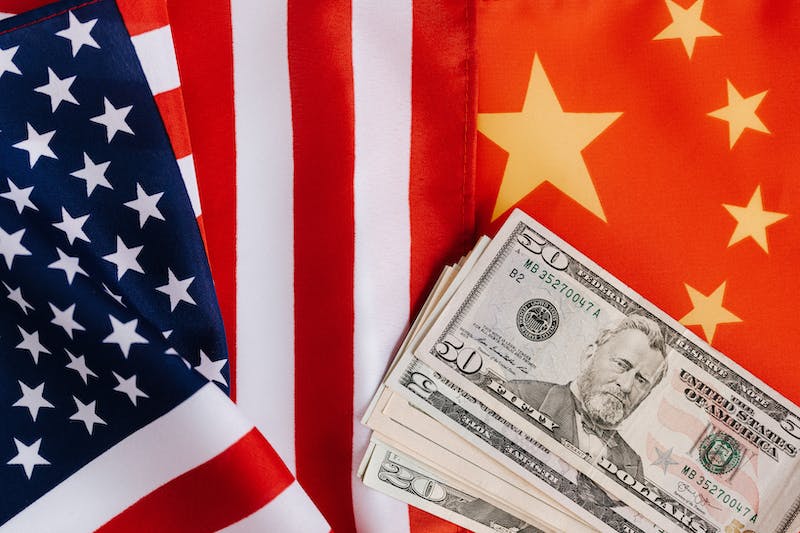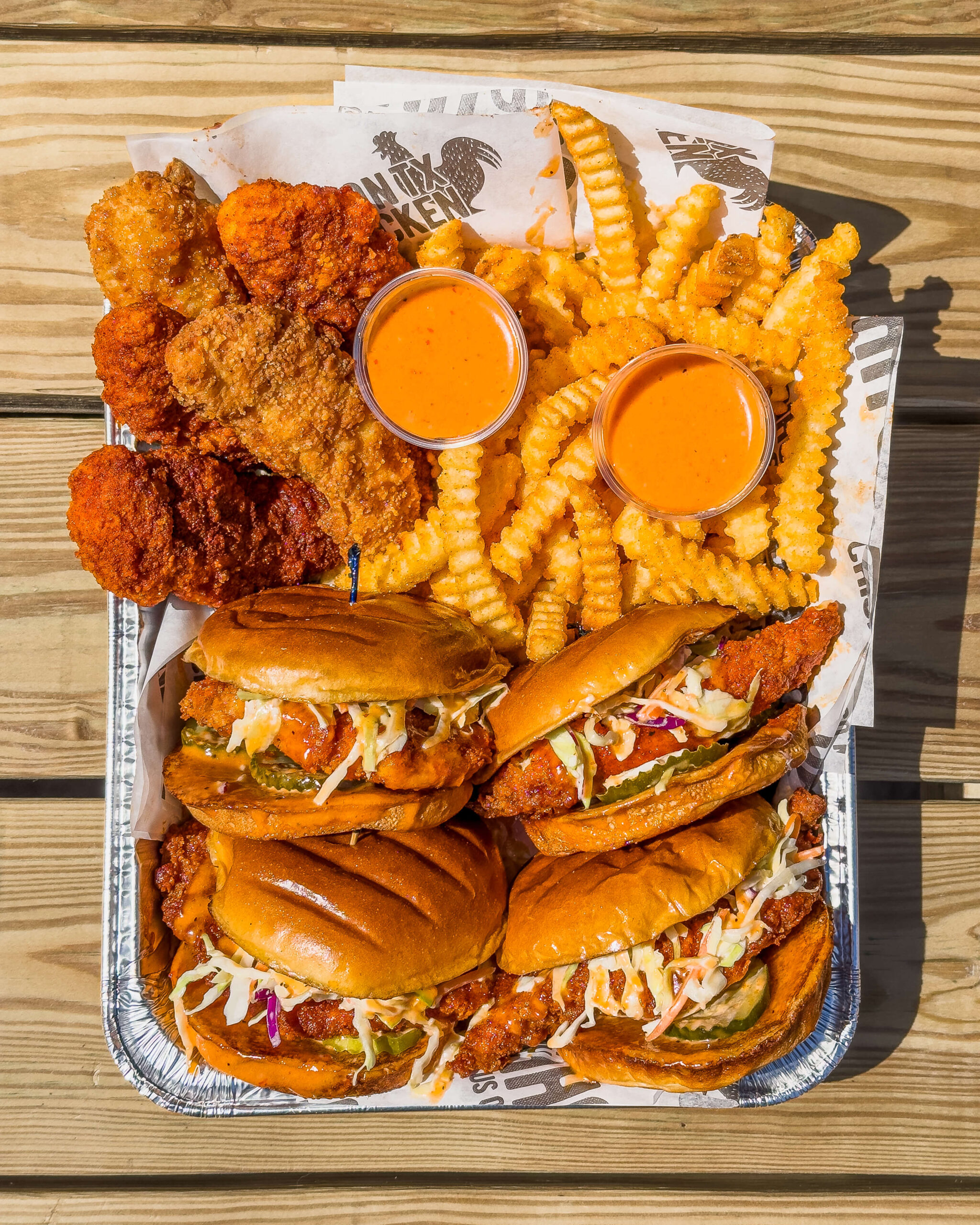California’s Senate Bill 478: Ban on Mandatory Service Charges
San Francisco diners scrutinizing menu prices will soon see a familiar line vanish. California’s Senate Bill 478, effective July 1, 2024, prohibits restaurants from adding mandatory service charges. This seemingly simple law ignites a complex debate about transparency, restaurant economics, and fair wages.
Economic Impacts and Industry Reactions
Previously, restaurants often levied service charges (4%-20%) to supplement server wages and create a more equitable pay structure. Proponents like Senator Nancy Skinner champion clear pricing. “Drip pricing,” advertising a base price excluding mandatory fees, is precisely what the law targets.
Diners may welcome upfront pricing, but restaurateurs like Laurie Thomas worry about staff compensation. Service charges allowed restaurants to bridge the gap between server tips and lower cook/dishwasher salaries. Without them, restaurants may face a tough choice: reduce wages or raise menu prices significantly.
Food industry veterans like Tom Medin see a silver lining. He suggests the shift could benefit independent restaurants. Medin argues that the current model alienates customers who favor larger chains that absorb fees into base prices, and a simpler structure could refocus loyalty on smaller eateries’ unique experiences.
But the debate goes beyond immediate concerns. For years, the restaurant industry has grappled with rising labor costs, minimum wage increases, and fierce competition. Service charges were a potential solution, allowing restaurants to maintain staff wages while keeping menu prices competitive. Critics argue the model is opaque and misleads diners.
Furthermore, the service charge system doesn’t guarantee equitable wages. While bridging the server-to-rear-of-house gap, servers often receive a higher proportion of the pool. This can create tension within the restaurant itself.
Potential Changes in Dining Experience and Industry Culture
The ban on service charges could also impact the dining experience. Under the current model, some argue servers are incentivized to provide exceptional service for higher tips and a larger share of the pool. Without this incentive, service quality may decline.
Another concern is the potential impact on industry culture. Restaurant work, especially in fast-paced environments, can be demanding. The service charge system, with its potential for higher earnings, could be a draw for some servers. Without it, the industry might struggle to attract and retain qualified staff.
California’s experiment in restaurant pricing transparency is bold. While the full impact remains to be seen, it presents an opportunity to re-evaluate the economic model of the restaurant industry.
One potential solution lies in increased wage transparency. Restaurants could display pricing structures that include base salary ranges for all staff positions. This allows diners to make informed choices, supporting establishments that prioritize fair wages.
Technology could also play a role. Mobile apps that allow diners to leave optional tips directly for servers, cooks, and other staff could ensure fairer gratuity distribution and empower diners to reward good service.
The success of California’s ban hinges on a delicate balancing act. Transparency for diners must be achieved without compromising staff wages or service quality. The industry will need to adapt and experiment to find a new equilibrium that benefits both patrons and employees.
This change could serve as a starting point for this crucial conversation, and the lessons learned will undoubtedly have national implications for the future of dining. California’s legislation has the potential to reshape not only the California restaurant experience but also to spark a national dialogue about fair wages, service culture, and the true cost of a meal.














